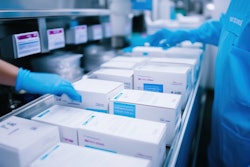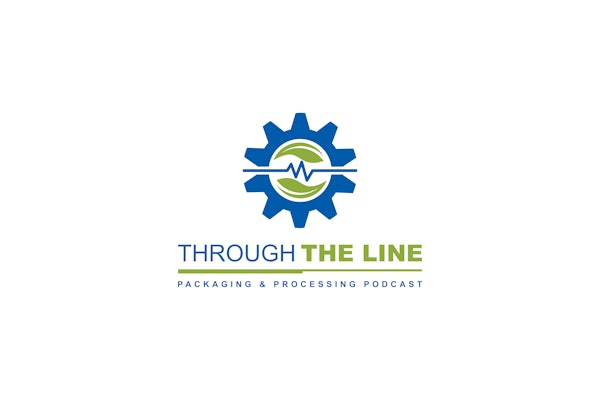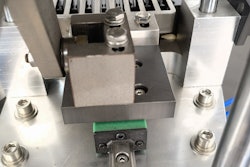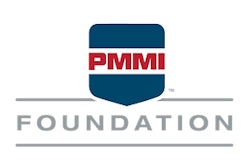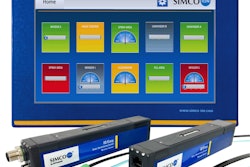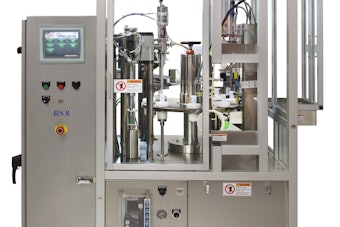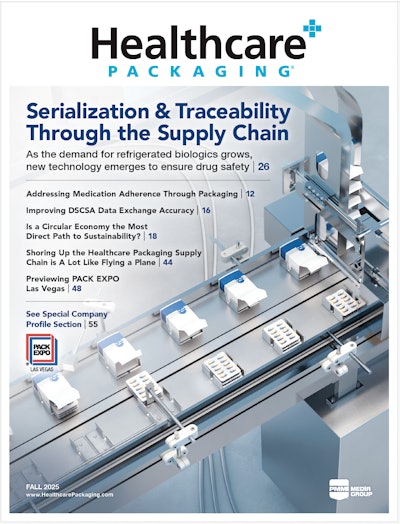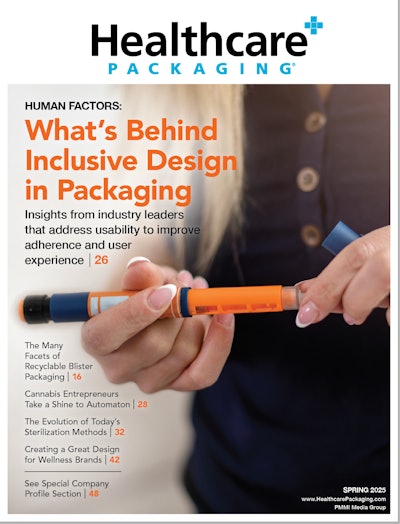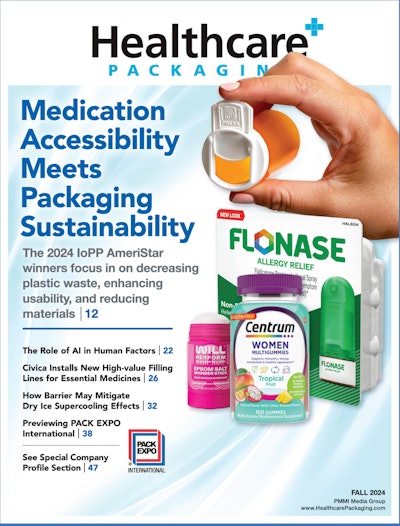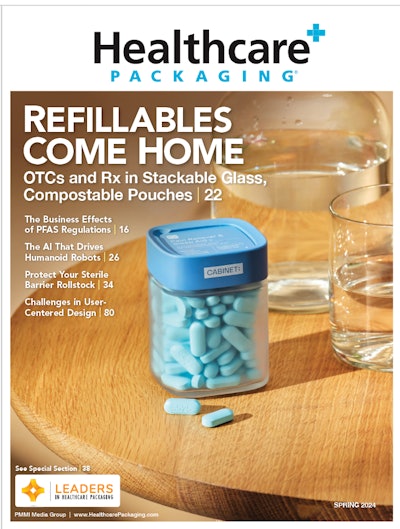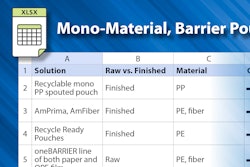Watch and listen as Casey Flanagan, associate editor with PMMI Media Group sits down with me, Liz Cuneo, healthcare packaging editor-in-chief, to discuss the medical device innovations report that came out of last year's PACK EXPO. We dive into the latest trends from the show. Be sure to download this report at healthcarepackaging.com if you’d like to see the videos and photos directly from the show floor.
Casey: Liz, how’s your day going?
Liz: Good, how about yours, Casey?
Casey: Doing well. I’m excited to get into this — it should be interesting. Looking back at PACK EXPO International, what were some of the main trends you saw in the medical device space?
Liz: First and foremost in med device, it’s about keeping products sterile, safe, and contaminant-free. This trend was clear in both machinery and materials on display. Sustainability was also a big focus. I saw many recycle-ready films, some in full HDPE, and plastics that used fewer materials compared to previous generations.
On the machinery side, there were a lot of small-footprint, high-speed, operator-friendly options. Anything that helps get a machine up and running quickly while keeping output high is a major trend.
Casey: You mentioned operator-friendly design as a key selling point. Why is that so important?
Liz: It impacts efficiency, compliance, safety, and cost-effectiveness — all critical in regulated environments like healthcare manufacturing. It reduces training time and costs, improves throughput, and often reduces errors. It also enhances worker safety and can significantly cut changeover time. Happier, more satisfied workers are a big plus in today’s tough labor market.
Casey: That makes sense. In terms of product integrity, did you see machinery that supports that?
Liz: Absolutely. Product integrity is essential, especially in healthcare and pharmaceuticals. Many exhibitors highlighted advanced inspection and detection systems to ensure there are no foreign objects in packages and that seals are secure — no leaks. This keeps tools sterile. Integrity was the central theme in most conversations, not just for machinery but also in the materials designed to protect products.
Casey: You mentioned sealing earlier. Is that a major equipment segment in med device packaging?
Liz: Definitely. Many medical devices are packaged in single-use pouches, so the seal is critical. If it’s weak or incomplete, the tool inside risks contamination during transit or at the hospital. Sealers showcased at PACK EXPO emphasized airtight, precise seals to extend shelf life. Many also offered compact tabletop options to save space while maintaining flexibility for different packaging applications.
Casey: What about cost of ownership? Were companies emphasizing that?
Liz: Yes. Manufacturers highlighted not just low upfront costs, but also low operating costs. One example was an inline printer that allows on-demand printing — reducing waste since manufacturers only print what they need. Exhibitors are clearly focused on removing barriers to procuring and setting up machinery.
Casey: PACK EXPO also brings a lot of materials in addition to machinery. What trends stood out on that side?
Liz: It’s all about protection. For example, seal strength is critical in IV bags and pouches to prevent tears, leaks, or contamination. There were also products designed to protect the packaging from the medical device itself — such as tips that cover sharp surgical tools inside pouches. These prevent punctures and keep tools sterile during transit.
Casey: Interesting. Would you say the next biggest trend is sustainability?
Liz: Yes. Many booths showcased full HDPE, recycle-ready, and recyclable thermoform films in different thicknesses. These maintained strong seals while reducing material usage. Lightweighting was another focus — removing plastic from previous generations to reduce material use and weight, all contributing to greater sustainability.
Casey: There’s a big trend toward replacing plastic with paper in many industries. Did you see that at PACK EXPO?
Liz: I did. One example was a reinforced medical paper with a heat-seal coating to withstand sterilization and distribution demands. It’s an alternative to other sterile barrier materials, but at a lower cost because it’s paper. Paper is gaining traction not only with manufacturers but also with consumers.
Casey: Sounds like there was a lot of innovation on display. Thanks for walking me through the trends you saw.
Liz: Absolutely. And we’ll likely see even more machinery and materials at PACK EXPO. Las Vegas, kicking off September 29th. Be sure to check it out, and look for new reports we editors will publish after the event with updated highlights.



